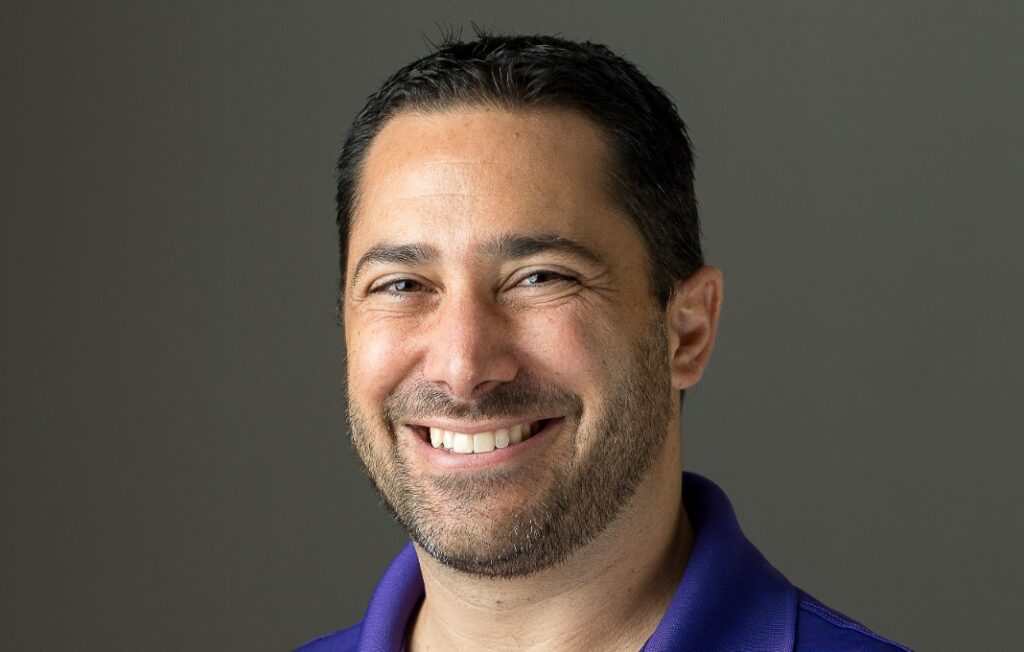“It’s good enough.”
Those words will drive any perfectionist crazy. I know. I’ve shared them with perfectionists in the past. Most recently with my husband, who marvels at how much stuff I take on…and then occasionally gets annoyed when all my i’s aren’t dotted and t’s aren’t crossed.
Yes, I make mistakes—something every perfectionist tries to avoid. But here’s what else I do:
- I move projects along and see results faster
- I delegate and leverage the strength of my team (even though, inevitably, I know I’m inviting more imperfection into the process)
- I create more time and mental energy to spend on other things—like chilling out, personal goals, or other projects and priorities
To be clear: my “imperfect” isn’t sloppy, incomplete or lazy. It’s solid. I’m an entrepreneur who’s written a New York Times bestselling book, built a multi-million-dollar business and has a steady stream of referrals. In fact, my tolerance for imperfection is one of the reasons I’ve achieved such success.
My motto is, “my good enough is pretty dang great.” I often share this mindset, and commensurate behaviors, with struggling professionals who recognize that their perfectionist tendencies are holding them back, including by inducing unnecessary stress and frustration into their days. They want to come to the “dark side” and explore what imperfection could look like for them, and experience some of the liberation that comes with it.
If you’re ready to dabble in the dark arts of imperfection, here are three ideas that can help you address your perfectionist tendencies.
Know When Perfect Matters. First off, imperfection isn’t always the answer. I know I need to be near-perfect when:
— Planning involves others and we need to be coordinated—like client event start times, family calendar development and project timelines.
— Small details matter—like tax preparation, catering orders for an important meeting or getting a price quote right.
— Safety is involved—whether it’s food safety, brain surgery or electrical work, if there are strict procedures or protocols, perfectionism is the aim.
But here’s when imperfection is okay:
— Creative work, like design and writing, and anything else where there’s a lot of room for subjectivity.
— Decision-making—like where we want to eat, what vendor we should go with, what graphic looks best on this slide and so on. There’s no perfect answer in any of these choices. There are better answers, but not a single answer that will satisfy everyone.
— When the details you obsess about don’t matter to your stakeholders, which can include centerpieces for a children’s birthday party, the color palette you select for a client’s proposal template or what suit you wear to the sales presentation. Again, in regard to the last example, there are better choices to make. But if you obsess about either charcoal gray or black, you’re wasting valuable time.
Demonstrate the 80 Percent Solution. This is one of the most valuable lessons I learned during my time in the Marine Corps. The Corps recognizes that one of the most important things Marines do is make decisions that drive results. They also operate frequently in low-information environments. In these circumstances, your task is to uncover enough information—what you believe to be an 80 percent target—and then make the call. You learn quickly that there’s no such thing as a perfect decision. You’ll never have all the information you need to make a perfect choice that will result in a perfect solution. You need to make a decision, and then you can work to perfect it along the way.
Believe it or not, you’re kind of like a Marine—one of the most important things you do is make decisions. So, if you find yourself struggling with finalizing a Request for Proposal, putting together a PowerPoint presentation or making a recommendation to your boss about what target market to pursue, ask yourself, “Do I have enough information—80 percent—to make this call?” If the answer is “yes,” know that you’re at a place to make a decision. Besides, you can trust that your intuition, experience and wisdom can strengthen your 80 percent and make you feel more confident. And the missing 20 percent? It’s likely unattainable and will cost you valuable time in pursuit of something you’ll never find.
Embrace the One-third, Two-thirds Rule. When given an assignment, how do you divide your time? Do you spend more time planning, less time executing? Or the other way around? If your answer is planning, there is another Marine Corps lesson I want to impart: as a leader it’s critical to be biased toward action. When given a project or an assignment, you need to implement an efficient planning process that takes up one-third of the time you’ve given yourself. This leaves two-thirds of your time executing. When you take action, you learn, which gives you information that allows you to gain advantage while improving your execution.
For many perfectionists, they’re biased towards planning—more like a two-thirds, one-third balance of planning vs. execution. The problem with excessive planning is that there’s no perfect plan, and the time spent on planning reduces your time to learn and improve.
As a perfectionist, you aren’t afforded the benefit of accepting you’re human and, due to this fact, will make mistakes. When mistakes happen, it can be very difficult to bounce back from embarrassment and sometimes—if taken too hard—can lead to failure.
The benefit to being an imperfectionist is the understanding that fails aren’t fatal or final. Some of our greatest growth is a result of missteps and mistakes. Were they embarrassing? Yes, some of them. Does embarrassment cool over time? Absolutely. This mindset also affords you the time to learn to fail gracefully and apply the knowledge gained to your next project, assignment or venture.
As leaders, as long as we’re learning, we should embrace the discomfort and an imperfect mindset. As for perfect? Save it for the moments that level of attention matters, as well as for perfecting our responses to our own imperfections.







